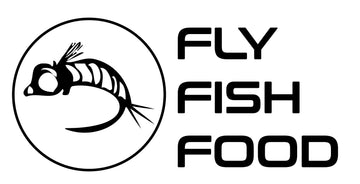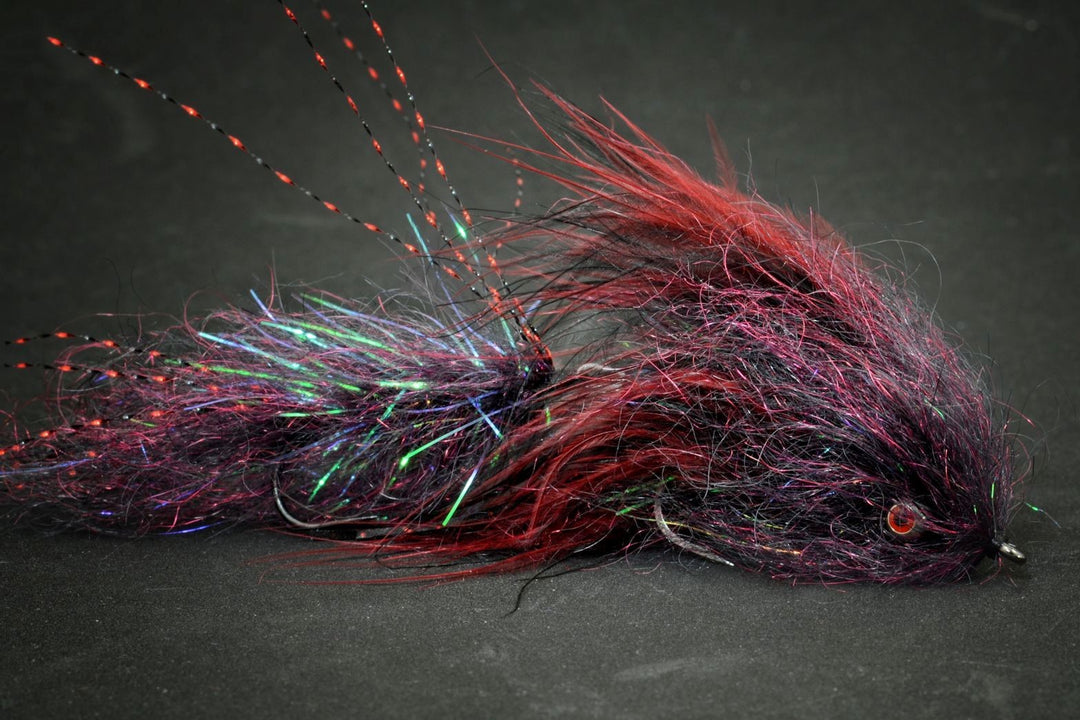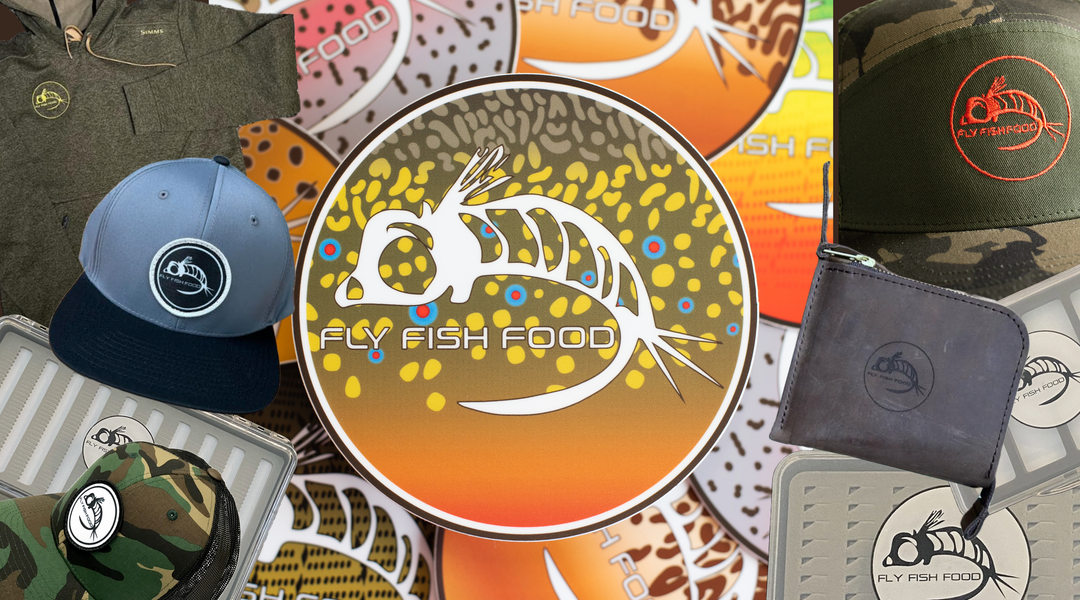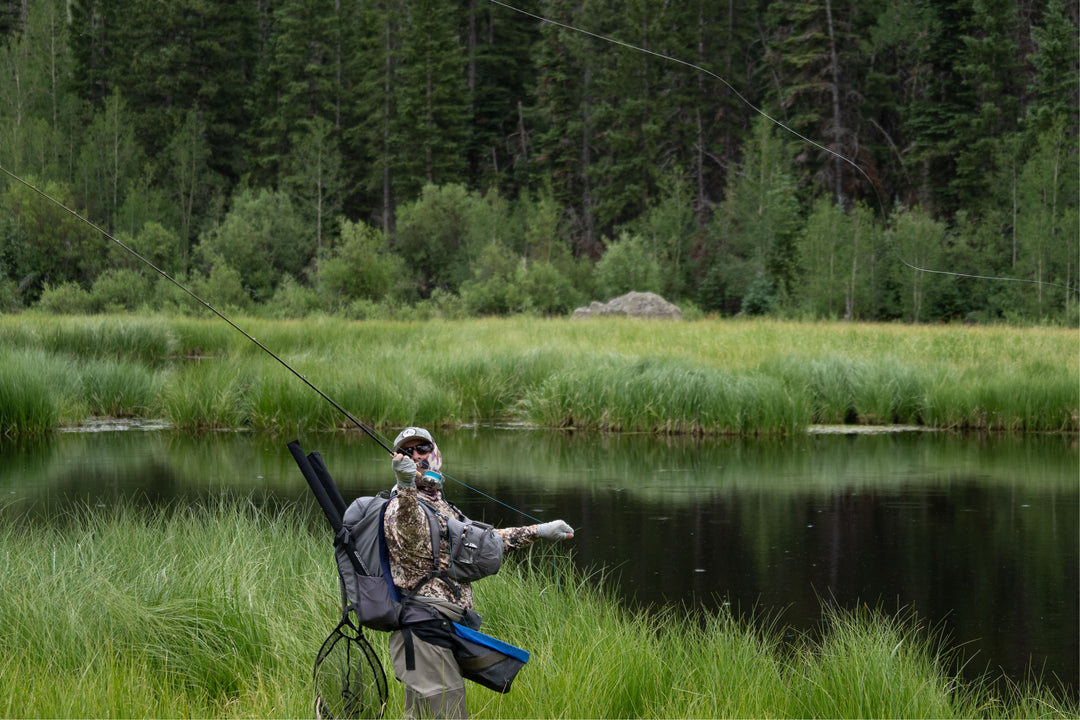Montana ·
Gallatin River Fly Fishing Report - August 8/23/2025
GALLATIN RIVER FLY FISHING REPORT
Montana's Legendary Trout Water
Report Date: August 23, 2025 | Next Update: August 30, 2025
Current River Conditions
Late‑summer pattern: morning and evening are prime. The Gallatin is running low to moderate through most reaches — cooler canyon water remains productive all day, but valley sections warm quickly after mid‑day. Expect topwater and terrestrial action in the afternoons and steady nymphing in the mornings.
Flows & Clarity
Flows: Low–moderate (varies by reach; canyon sections typically cooler and swifter)
Clarity: Generally clear in canyon; glinty/tea‑stained after storms in valley stretches
Note: Flow variability between Hebgen/Big Sky and downriver reaches — pick your section to match tactics.
Flows: Low–moderate (varies by reach; canyon sections typically cooler and swifter)
Clarity: Generally clear in canyon; glinty/tea‑stained after storms in valley stretches
Note: Flow variability between Hebgen/Big Sky and downriver reaches — pick your section to match tactics.
Water Temperature
Morning: 52–60°F (cool canyon water)
Midday/Afternoon: valley sections can reach mid‑60s°F and higher on hot days
Trend: Warming through August; watch for high midday temps in lower valley stretches.
Morning: 52–60°F (cool canyon water)
Midday/Afternoon: valley sections can reach mid‑60s°F and higher on hot days
Trend: Warming through August; watch for high midday temps in lower valley stretches.
Weather & Wind
Typical late‑August pattern: warm, sunny mornings and afternoons with gusty afternoon winds in exposed valleys.
Fishing windows: Best early and late in the day; use wind as a cue to change approach.
Typical late‑August pattern: warm, sunny mornings and afternoons with gusty afternoon winds in exposed valleys.
Fishing windows: Best early and late in the day; use wind as a cue to change approach.
Access & Hazards
Access: Good at many pullouts along Hwy 191 and trailheads near Big Sky/Bozeman.
Hazards: Warm water stress closures (see regulations), slippery rocks, and swift current in the canyon — wade carefully.
Access: Good at many pullouts along Hwy 191 and trailheads near Big Sky/Bozeman.
Hazards: Warm water stress closures (see regulations), slippery rocks, and swift current in the canyon — wade carefully.
Regulations & Closures
| Area | Restriction | Effective |
|---|---|---|
| Amsterdam Rd → Missouri River confluence (lower Gallatin) | Hoot Owl restriction: angling prohibited 2:00 PM–midnight to protect trout during warm water | Active (monitor MDT/FWP updates) |
| Upper Gallatin (canyon/Big Sky) | No time restrictions typical — cooler flows keep fish active later | Normal season regulations apply |
What's Hatching (late Aug)
| Insect | Size / Notes | Activity |
|---|---|---|
| PMDs (Baetis / Pale Morning Dun) | #14–18 — sporadic emergers & duns in mornings | Light–Moderate (morning) |
| Caddis | #14–18 — evening and dusk surface activity | Moderate (evening) |
| Terrestrials (Hoppers, Ants, Beetles) | Hopper sizes large; ants & beetles small — foam lines and shore seam producers | Heavy (afternoon & late summer) |
| Midges | #18–22 — steady presence, important when dries are quiet | Light–Moderate (all day/evening) |
| Stonefly nymphs (Golden/Salmonfly nymphs) | #6–12 — nymphing in riffles and edges | Good subsurface pickup (all day) |
Recommended Flies (with pattern links)
Below are field‑tested patterns that match what's working on the Gallatin right now. Sizes and short notes follow each pattern link.
Libby's Salmonfly — Dry/surface imitation for stonefly/salmonfly events. Sizes #4–8. Great on foam lines and pocket water.
Tungsten Pat's Rubber Legs — Classic stonefly nymph profile for heavy subsurface takes. Sizes #6–10.
Keslar's Rubberleg Hare's Ear (Barbless) — Versatile nymph for riffles and seam water. Sizes #8–12.
Pheasant Tail (Tungsten) — A go‑to pheasant tail nymph for PMD and general mayfly profile. Sizes #14–18.
Parachute Adams — Universal attractor dry for mixed mayfly and flurry situations. Sizes #12–16.
Stealth Link Mercer — PMD — Soft emerger/dun profile in PMD sizes #14–16; swap to a emerger variant if fish are sipping just below the film.
Corn‑fed Caddis (CDC) — Olive — Skittering caddis dry for evening and shoreline feeding. Sizes #14–18.
Olsen's Foam Front End Loader Caddis — Tan — High‑visibility caddis for windy evenings and long casts. Sizes #14–16.
Black Zebra Midge (TBH) — Midge point fly for indicator rigs and euro nymphing. Sizes #18–22.
Coffey's Articulated Sparkle Minnow — Sculpin #4 — Top streamer for deeper runs and structure; fish on a sink tip or heavy leader.
Sculpzilla — Olive — Compact sculpin imitation that triggers reactive strikes in pocket water and tails of runs.
Bionic Hopper — Tan — Terrestrial staple through late August; use as a dry or with a hopper‑dropper rig.
Bionic Ant — Black — Small terrestrial that fishes well along banks and under overhanging grass.
Sunny Side Up — Sunburst (Eggs) — Egg pattern for fish keyed on spawns and when trout are opportunistic near redds/edges.
Egan's Warrior Perdigon — Rainbow — Perdigon for tight, deep drift euro nymphing; excellent when fish refuse bulkier nymphs.
Tactics — What to Fish, When & How
MORNINGS: Start with nymph rigs — indicator or euro setups with a heavy point fly (Pat's Rubber Legs, Pheasant Tail tungsten) and a slimmer dropper. Focus seams, inside tails of riffles and the heads of pools.
MIDDAY: If valley water warms, move to canyon sections or fish shaded banks. Try streamers (Sculpzilla, Coffey's Sculpin) along structure; slow strip through deeper runs.
AFTERNOON → EVENING: Switch to dries and dries with droppers as terrestrial and caddis activity increases. Long, drag‑free presentations along foam lines and pocket water get results. PMD/BWO duns in the morning; caddis and terrestrials later in the day.
STREAMER STRATEGY: Work larger streamers on an intermediate or sink tip line around structure and deeper edges. Two‑handed or longer rods help control the retrieve in wind and current.
GEAR NOTES: 4–6 wt rods for most wade stretches; 7–8 wt for heavy streamer work or bigger water. Tippet sizes: 5X–6X for small mayfly dries/emerger work; 3X–4X for streamers. Use stealth in pressured runs.
MIDDAY: If valley water warms, move to canyon sections or fish shaded banks. Try streamers (Sculpzilla, Coffey's Sculpin) along structure; slow strip through deeper runs.
AFTERNOON → EVENING: Switch to dries and dries with droppers as terrestrial and caddis activity increases. Long, drag‑free presentations along foam lines and pocket water get results. PMD/BWO duns in the morning; caddis and terrestrials later in the day.
STREAMER STRATEGY: Work larger streamers on an intermediate or sink tip line around structure and deeper edges. Two‑handed or longer rods help control the retrieve in wind and current.
GEAR NOTES: 4–6 wt rods for most wade stretches; 7–8 wt for heavy streamer work or bigger water. Tippet sizes: 5X–6X for small mayfly dries/emerger work; 3X–4X for streamers. Use stealth in pressured runs.
Section Picks — Where to Fish Today
- Upper Gallatin / Big Sky canyon: Cooler water and consistent insect life — excellent for dry/dropper and euro nymphing.
- Bozeman reach (above town): Great morning nymphing; switch to dries near shaded banks and algae lines at dusk.
- Lower Gallatin (near Amsterdam Rd downward): Productive early, but beware hoot‑owl windows — fish early and move off mid‑day if temps rise.
Angler Notes & Etiquette
- Keep fish handling to a minimum — wet hands, quick photos, and fast releases help trout survive warm late‑summer conditions.
- Check FWP for daily updates on hoot‑owl restrictions and closures before heading out.
- Park thoughtfully at pullouts and yield to other anglers on narrow trails — the Gallatin is busy in summer.




